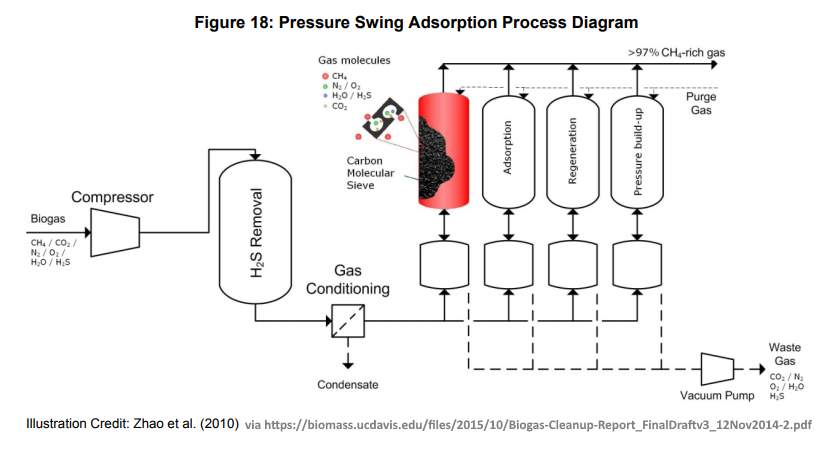Commercial solar rooftop installation is installing solar panels on the roof of a commercial building to generate electricity. Commercial solar systems are typically larger than residential ones, ranging in size from a few kilowatts to several megawatts.
The installation process typically begins with a site assessment to determine the suitability of the roof for solar panels. Factors such as roof orientation, shade, structural integrity, and available space are all considered. Once the site is deemed suitable, the solar installer will design and install a system that meets the specific needs of the building owner.
There are two main mounting systems for commercial solar panels: ballasted and attached. Ballasted systems use heavy weights, such as concrete blocks, to secure the panels to the roof. Attached systems use roof-penetrating hardware to attach the panels to the roof.
Once the mounting system is installed, the solar panels are attached. The panels are wired together in series and then connected to a solar inverter. The inverter converts the direct current (DC) electricity produced by the panels to alternating current (AC) electricity, which can power the building's electrical needs.
The final step in the installation process is to connect the solar system to the building's electrical grid. This allows the building owner to return excess electricity to the utility company.
Here is a more detailed overview of the commercial solar rooftop installation process:
- Site assessment: The solar installer will visit the site and assess the roof for suitability. This includes checking the roof orientation, shade, structural integrity, and available space.
- System design: The solar installer will design a system that meets the specific needs of the building owner. This includes considering the building's energy consumption, budget, and desired payback period.
- Mounting system installation: The solar installer will install the mounting system supporting the solar panels.
- Solar panel installation: The solar installer will attach the solar panels to the mounting system.
- Solar inverter installation: The solar installer will install the solar inverter, which converts the DC electricity produced by the panels to AC electricity.
- Grid interconnection: The solar installer will connect the solar system to the building's electrical grid.
Commercial solar rooftop installations can be completed in a few weeks, depending on the system's size and the installation's complexity.
Commercial solar rooftop installations offer several benefits to businesses, including:
- Reduced energy costs: Solar panels can generate electricity for free, significantly reducing a business's energy costs.
- Increased energy independence: Solar panels can help businesses become more independent and reduce their reliance on the utility grid.
- Improved environmental performance: Solar energy is a clean and renewable energy source, which can help businesses reduce their environmental impact.
- Increased property value: Commercial solar installations can increase the value of a business's property.
If you are a business owner considering a commercial solar rooftop installation, several resources are available to help you get started. You can contact local solar installers for quotes and consultations. You can also search for government and utility incentives that may be available to help offset the installation cost.








